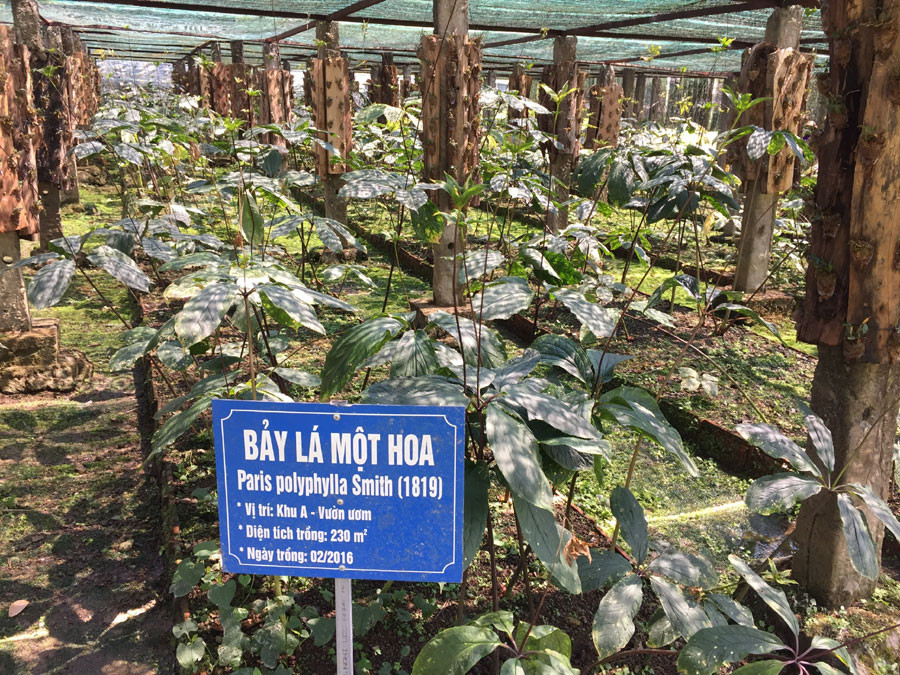
For many years, local people have discovered many kinds of plants that can help cure many diseases. Gradually, they not only picked up plants in the deep forests, but also grew the plants in their gardens.
At a seminar on promoting the cultural character of Tho ethnic minority to serve socio-economic development in the western districts of Nghe An held recently, the research team led by Dr. Le Thi Hieu, stated that a survey in the three districts of Quy Hop, Nghia Dan and Tan Ky found that 16 groups of diseases can be cured by local herbalists with medicinal plants, especially ones related to weather, digestive and skin diseases.
People’s experience is that they don’t pick up leaves at noon. They only choose trees which are old and leaves turn yellow. As for bulbs, they must not be scratched and the roots must not be cut, while they need to be dried immediately. When taking bark, they need to use knives to cut the barks into equal pieces, so that they can be easily dried and bent.
The noteworthy thing is that most remedies have not been clinically tested and not recognized by scientists, though they can bring effects in treatment. Meanwhile, many rare and precious medicinal plants are getting exhausted because of overexploitation, or the growing area has narrowed to reserve land for agricultural production or construction. There is still no effective plan for preserving the plants.
According to the National Institute of Medicinal Materials (NIMM), there are 56 species of rare and endangered medicinal plants recorded, of which three are critically endangered (CR), 19 endangered (EN) and 34 vulnerable (VU).
Meanwhile, according to the research team of Dr Le Thi Hieu, six species of rare medicinal plants used by Tho people are in danger of extinction, of the total species mentioned above.
Therefore, what needs to be done now is preserve folk remedies, persuade herb doctors to transfer remedies and know-how to the next generations, and show scientists for assessment and official use in disease treatment.
It is necessary to conduct a study on folk remedies to determine specific ingredients and content, and assess precious remedies to clinically prove the effectiveness of each remedy.
The two most precious remedies of Tho ethnic people, including a restorative for women after giving birth and a remedy to treat kidney, need to be proven scientifically so that they can be commercialized.
Chau Phu